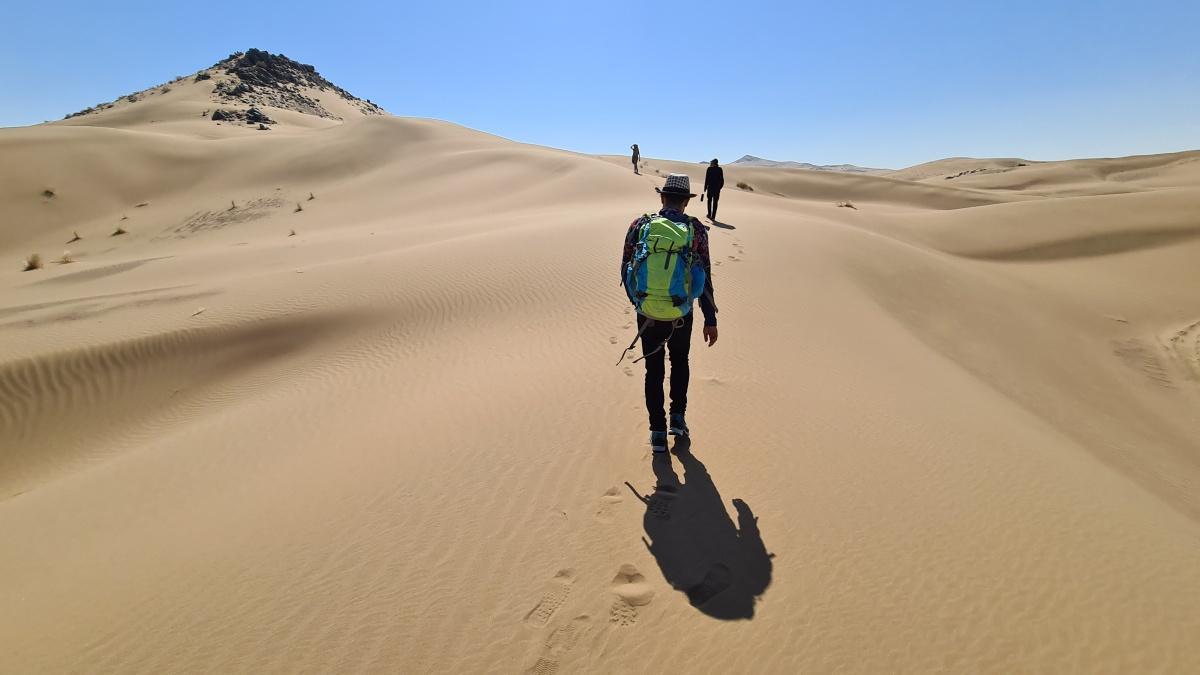Mindfulness is both ancient and astonishingly modern. At its core, it is the practice of paying purposeful attention to the present moment, non-judgmentally. That sounds simple, even quaint, but it’s a discipline with roots in Buddhist meditation practices dating back over 2,500 years. Today, it’s found everywhere from corporate wellness programs to elementary school classrooms, clinical therapy sessions, and smartphone apps. So why the global obsession with a practice that essentially tells us to “just be”?
In an age dominated by distraction—where our attention spans are allegedly shorter than those of goldfish—mindfulness offers a radical countercultural act: sustained awareness. It trains the mind to notice thoughts, feelings, and sensations as they arise, without trying to push them away or latch onto them. You don’t have to be on a Himalayan mountaintop or in lotus position to practice it either. Washing dishes, walking, or even breathing can be mindful acts if done with focused awareness.
Scientifically speaking, mindfulness is more than a lifestyle trend. Research in neuroscience and psychology has linked mindfulness practice to a variety of cognitive and emotional benefits. Studies show it can reduce stress, improve concentration, lower anxiety, and even strengthen the immune system. MRI scans of long-term practitioners reveal changes in the brain’s structure, particularly in areas related to attention, emotion regulation, and empathy.
© Giles Laurent, gileslaurent.com, License CC BY-SA, 018 Human looking at the stars during Perseids with the Milky Way in the background Photo by Giles Laurent, CC BY-SA 4.0
One of mindfulness’s key mechanisms is meta-awareness—the ability to observe one’s own mind at work. This detachment doesn’t mean dissociation; it’s about clarity. When you're mindful, you're aware that you're feeling angry rather than simply being consumed by anger. This gap between stimulus and response is where freedom lives. In that space, you’re no longer at the mercy of your habits, impulses, or fears.
In clinical settings, mindfulness-based interventions like Mindfulness-Based Stress Reduction (MBSR) and Mindfulness-Based Cognitive Therapy (MBCT) are used to treat depression, chronic pain, PTSD, and more. Unlike quick-fix pharmaceuticals or surface-level self-help, mindfulness doesn’t promise to erase suffering—but it does offer a new relationship to it. Pain may still arise, but our reactions to it soften, making space for resilience to grow.
Despite its Buddhist origins, mindfulness doesn’t require any particular belief system. It has been secularized and reimagined for diverse audiences, though this is not without controversy. Critics argue that stripping mindfulness from its ethical and philosophical roots can turn it into “McMindfulness”—a commodified product sold to improve productivity without challenging the systems that cause stress in the first place. There’s a difference between mindfulness as liberation and mindfulness as a performance enhancer.
Even so, the core practice remains profound. Mindfulness invites a return to the now—something so elusive yet so necessary in modern life. When we practice it, we begin to notice how often we live on autopilot, replaying the past or rehearsing the future, rarely inhabiting the present. In doing so, we miss our lives as they are happening. Mindfulness is a wake-up call.
It’s also a practice, not a perfection. You don’t “achieve” mindfulness like you would a fitness goal or a career milestone. It’s more like brushing your teeth: a hygienic ritual for the mind, done daily, imperfectly, but with care. And like brushing your teeth, the benefits compound quietly over time, building mental clarity, emotional steadiness, and inner spaciousness.
To be mindful is to show up—for your life, your relationships, your surroundings. It’s to pause before reacting, to breathe before speaking, to listen before assuming. In a world that rewards urgency, mindfulness reclaims slowness. In a culture addicted to novelty, it celebrates presence. And in a society overwhelmed by noise, it teaches us how to hear ourselves think.


